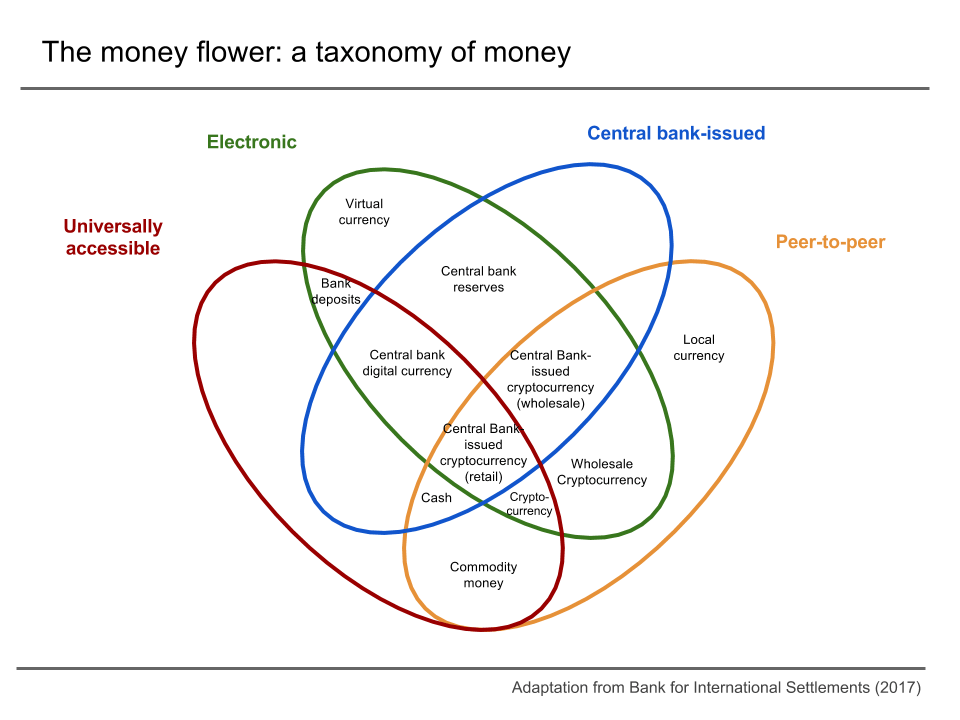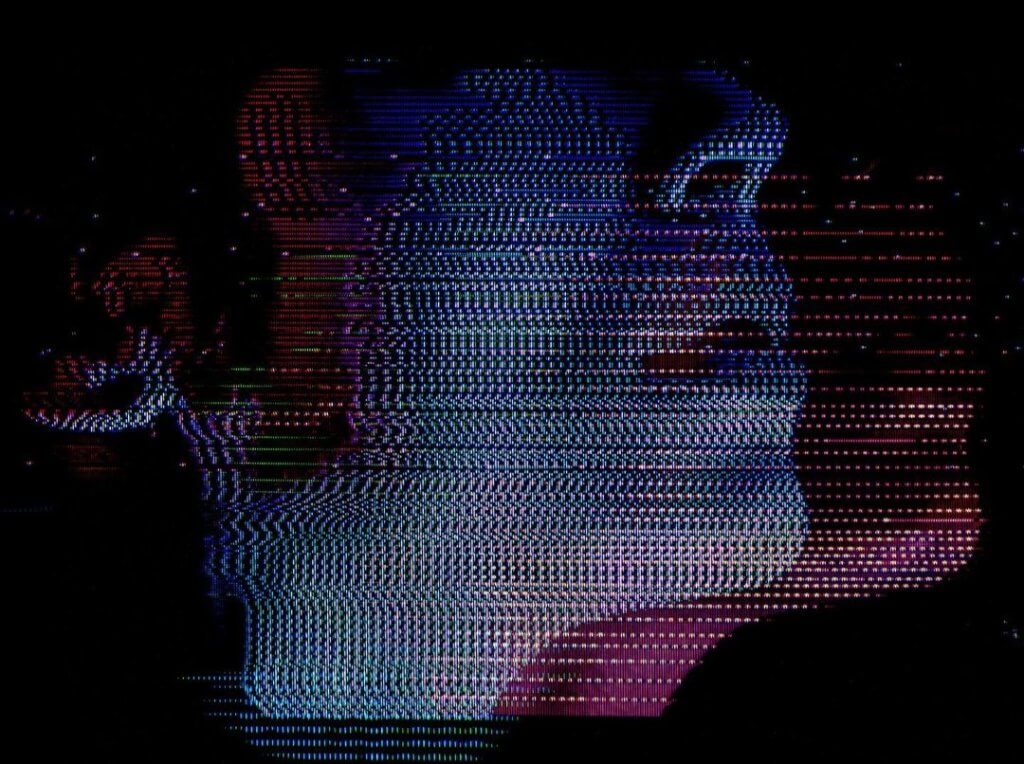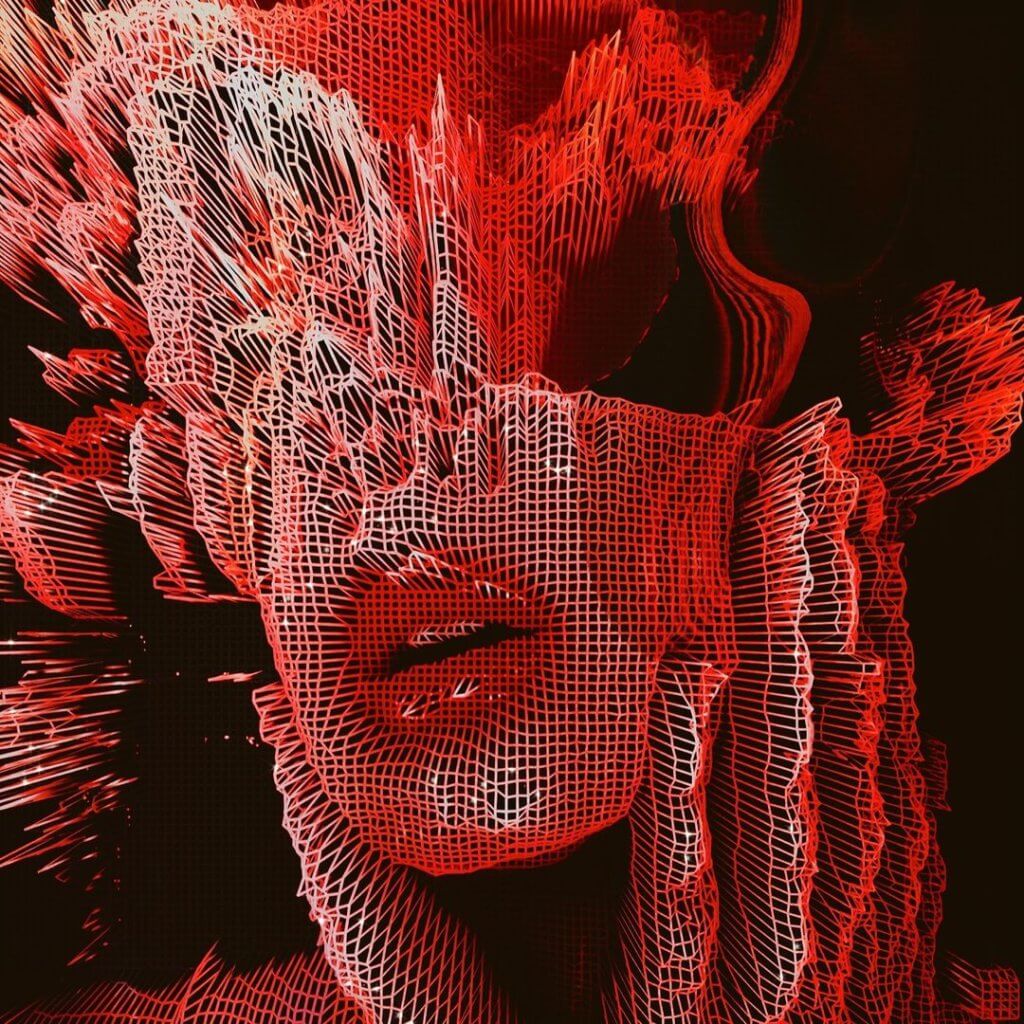The artist sits in their chair, labouring over their latest collage of light, colour and love. Some do it for the love of the process, others do it as their hobby to cool down.
What if they’d like to sell their prized four-sided frame? Besides standing on a street corner, pointing its face to each passerby, they might consider selling it online. Much like the ‘.com’ bubble of the early internet, the artist must be wary of the non-fungible token (NFT), along with the crypto that lurks in its pixelated shadow.
The obvious place to start is an explanation of cryptocurrency and a NFT, but let’s take a detour from the usual electronic realm that it may inhabit and instead move to a more real-world example. In theory, buying a non-fungible NFT is no different from buying a painting from that same street corner artist, and taking it home with you.

Except, instead of you buying the artwork between just the two of you, your transaction was logged in a public database that anyone could look at. The entire history of every transaction, whether that be currency to currency or currency to artwork, is logged in a massive transaction list that anyone can verify for themselves.
This log does not exist for contemporary currency, and is a result of doing transactions through the ‘blockchain’ with cryptocurrency.
The ‘non-fungible’ part of NFTs represent their value to the purchaser, as the term itself means ‘unexchangeable’ or in plain terms, unique. To the person who is caught up in the hype of NFTs, this may seem like a logical step in digital ownership. But is it really?
Among accusations of it being a pyramid scheme, we have seen this type of hype beforehand in the early part of the internet’s history. The ‘.com’ bubble was spearheaded by speculation about the value of internet domains. Who knows what value NFTs truly have, or will have, to the average person a couple years down the road.
Digital artists such as Lance Weiler and ‘Glass Void’ have embraced the new age of NFTs, putting forward their work as a form of ‘eco-friendly’ NFTs. This is observable nonsense. The amount of energy used to keep up the ‘blockchain’ to monitor all transactions as well as the energy to mine cryptocurrency is akin to flying.
There is also the tired yet valid argument of NFTs being a bizarre concept due to their very existence. Why buy an image when you can save it? Since all images and ‘artwork’ on the internet are nothing more than image files, what differentiates one person’s NFT from another person’s JPEG?
With physical art, it possesses a value that we can all agree on to some extent. Even if it is a drawing made by a child in a kindergarten classroom, the sentimental value is enough to justify its existence. NFTs are the pinnacle of digital worthlessness. In an age of increasing digitization, it might seem strange to turn away value attributed to digital art.
The prevalence of NFTs feels like a regression of the values the internet holds unique to the real world. For all the talk of them being ‘non-fungible’ there seems to be plenty of fungibility to be saved, copied, and distributed around the internet.
Novelty does not equate to superiority, and in the case of the artist, they might mistake NFTs to be a logical, superior step in the digital realm. Uniqueness doesn’t exist in the innovation, but rather in the value we have learned to attribute to physical, non-fungible art.



